Flower Arranging Guide
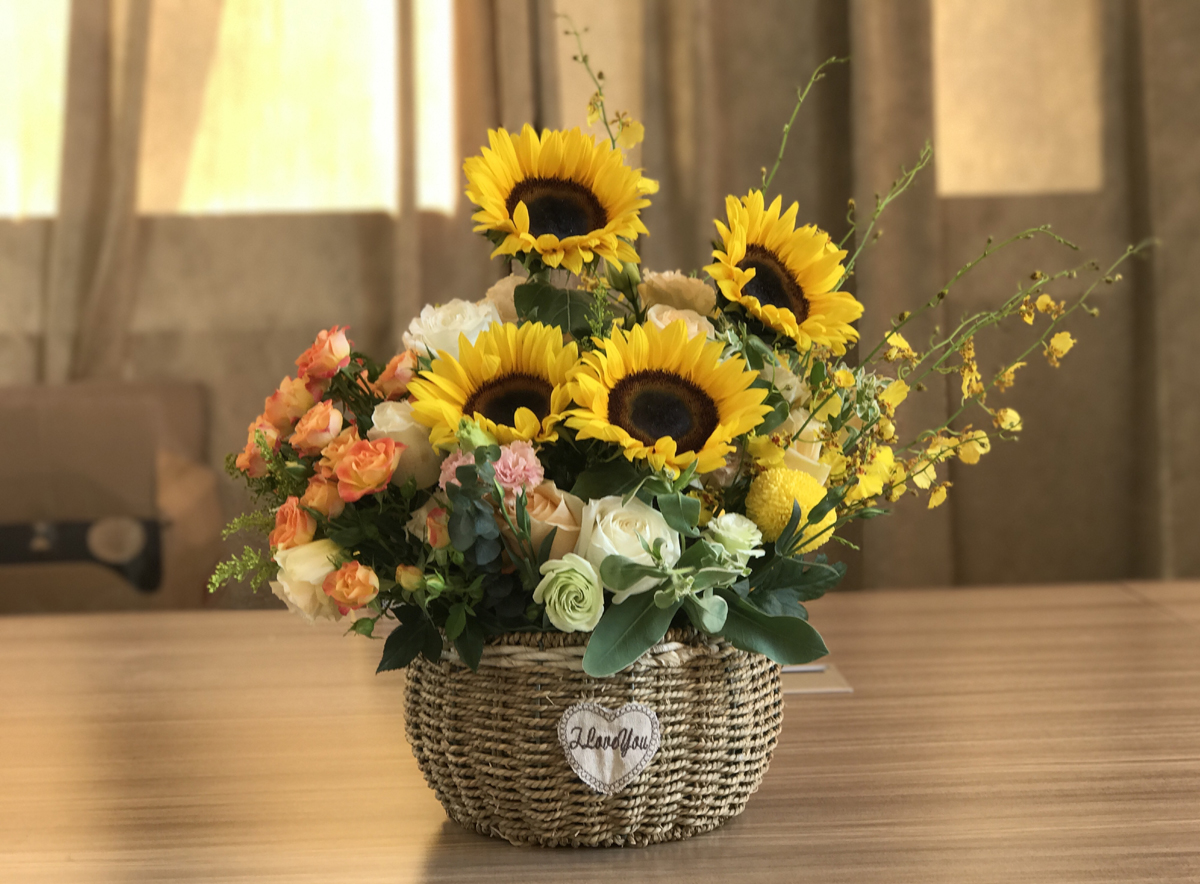
How to Arrange Flowers
Everybody loves flowers, they have got an exceptional ability to liven up any room.. When it comes to arranging flowers you may be happy with just plunking a few different types together in a vase and leaving it at that, but you could have a much more impressive display. All you need is a little imagination and creative thinking. Arranging flowers is not a difficult task, try out the guidelines below for some impressive results.
Type of Flower Arrangement
What kind of flower arrangement would you like to create? It could be a traditional table arrangement in a vase or a bouquet as a gift or a really imaginative conversational piece. There are many different ways to present different types of flower arrangements.
Shape of Arrangement
There are various forms that are typically used when arranging flowers, these include:
Triangular arrangement: very likely the most common kind of flower arrangement. The line flowers are first of all positioned to form a triangular shape, the triangle ought to be taller than it is wide.
Horizontal arrangement: wide and low arrangement, good for a large table design. The length ought to be at least twice the height, horizontal arrangements are traditionally symmetrical in shape and flower positioning. The container should be shallow and wide, the focal flower(s) in the centre and line flowers inserted almost horizontally.Vertical arrangement: very tall and slim arrangement. These are good for presenting long, focal flowers. Use a tall container to place your flowers in, it is only required to be wide enough to add only a few surrounding flowers.
Crescent arrangement: quite tricky to get right for a novice though very good for a smaller sized table decoration. An asymmetrical arrangement the crescent needs to be well balanced, not only aesthetically nut also physically so it does not fall over It is probable that you will also need a number of leaves or branches to build the crescent. In order to keep the arrangement secure it’s advisable to use a wide, low container/vase.
Oval arrangement: often seen at funerals but also idea for your home.The oval arrangement is quite straightforward and great for featuring 1-3 large or medium sized flowers. The container should ideally be short and wide. Use the line flowers to create the height and shape of the arrangement and place the focal flowers at the centre and fill the gaps with smaller blooms. The oval arrangement isn’t intended to be viewed from all sides.
Minimal arrangement: this kind of arrangement usually consists of only a small number of flowers in a smallish vase. Occasionally a solitary stem and flower and only a few filler flowers is the most effective option. Think very carefully about the container since it is more important with this particular sort of flower arrangement than it is with other types.
The lazy “S” or “Hogarth’s Curve”: very complex “S” shape which generally demands a lot of skill to get right . . To start with position the line flowers or greenery (if preferred) and carefully bend to form the S shape. Mass and filler flowers are then positioned at the center of the arrangement.
Colour Scheme:
Do you want a dark, calming green/lilac/blue arrangement or a more lively yellow/red/orange one? Colors are possibly the most important consideration when choosing your flowers. If you’re not familiar with colour theory, devote a while reading about it – there is loads about it on the internet.Understanding of color theory can be extremely useful here, take a look at a few of the guides on-line. Some popular combinations include: Analogous colours – these are colours that are next to one another on the colour wheel like orange, yellow and green; or you could try complementary colours – colours from opposing sides of the colour wheel; or triads – 3 colours equally space around the colour wheel.
You may prefer to employ a less academic technique and just opt for the colours that you find appealing. Bear in mind colours can be used to communicate a number of sentiments such as love, sympathy, friendship, happiness etc. Try to choose the colours for the sentiments you are conveying.
Choosing The Flowers
Nearly all flowers can be placed in one of the following classes:
Line flowers – tall flowers that determine the shape, width and height of your flower arrangement, they will ideally have flowers or buds along their stem. Typical line flowers include Gladiola, Delphiniums, Snapdragons, and Cattails. You can use tall foliage or branches in preference to line flowers
Mass flowers – large rounded flowers on a single stem, they are the main focal point of the arrangement. Popular mass flowers (sometimes known as focal flowers) include daisies, magnolias, roses, daffodils, carnations, tulips, sunflowers, iris and lilies. Mass flowers are sold in bunches, you usually position these in the middle of the flower arrangement.
Filler flowers – filler flowers consist of stems with a lot of little flowers and leaves, they will occupy the gaps and provide a visual connection between the line and mass flowers. Typical filler flowers are : heather, ferns, aster, feverfew, Queen Anne’s lace, baby’s breath and eucalyptus. Filler flowers can also be great candidates for dried flower arrangements.
There are some other considerations you need to keep in mind when selecting the flowers:
Pick flowers that are in season – not only will they match the time of the year but they will be cheaper too because the growers have a great number of them.
Flower symbolism – Floriography (language of flowers) – just like colours, since Victorian times various flowers have had particular meanings/symbolism.
Go with your gut – there are numerous rules with regards to combining specific flowers or colours, but you understand much better than anyone what you find pleasing to your eye. In the event the arrangement is for you or your own home just choose flowers and colours that you like.
Arranging The Flowers
You should place the flowers in to your vase in this sequence : line flowers and then mass flowers and then filler flowers. Whilst you are placing the flowers make sure you maintain a balance of colour throughout, no specific flower or colour should dominate the arrangement.
Floral foam is a necessity for any good flower arrangement, drench the foam in water and also plant food and cut it 1 inch higher than the rim of the vase/container.This will allow flowers to be located in a natural way..
The largest, heaviest flowers should be located at the bottom. Arrange one flower at a time. Cut the stems length to suit the shape of the arrangement Remove any leaves, flowers or buds that will be below the water line.
The Author:
I live in the USA. I love writing and sharing tips and ideas. More on same day flowers
Photo.
Source: Ab

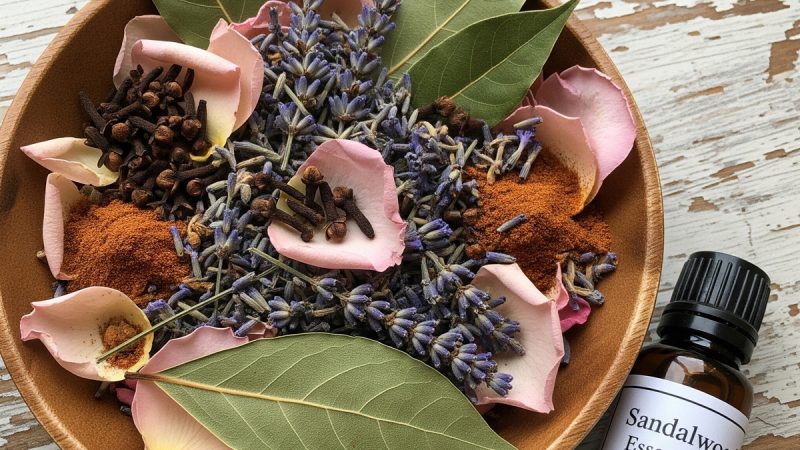
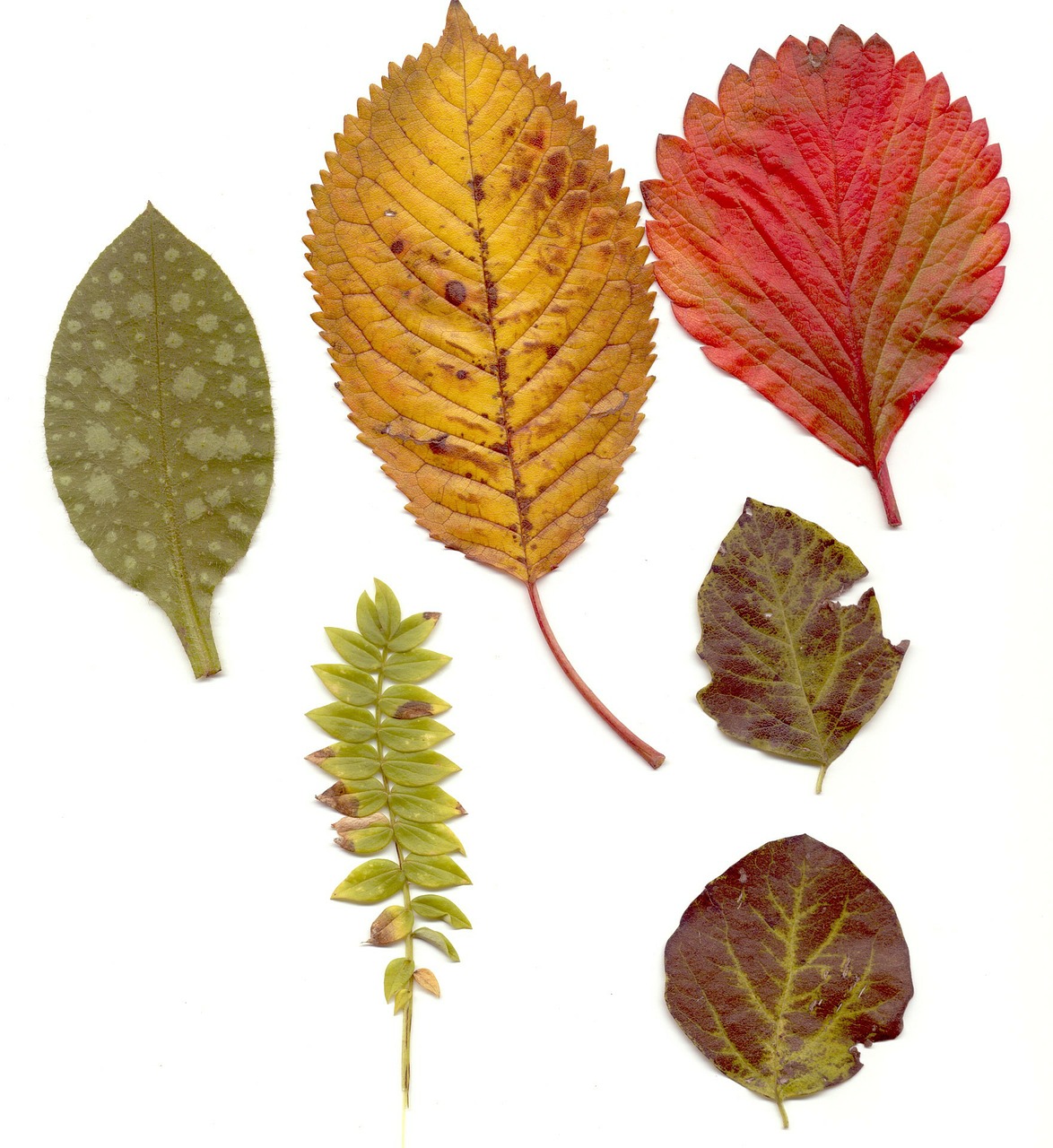
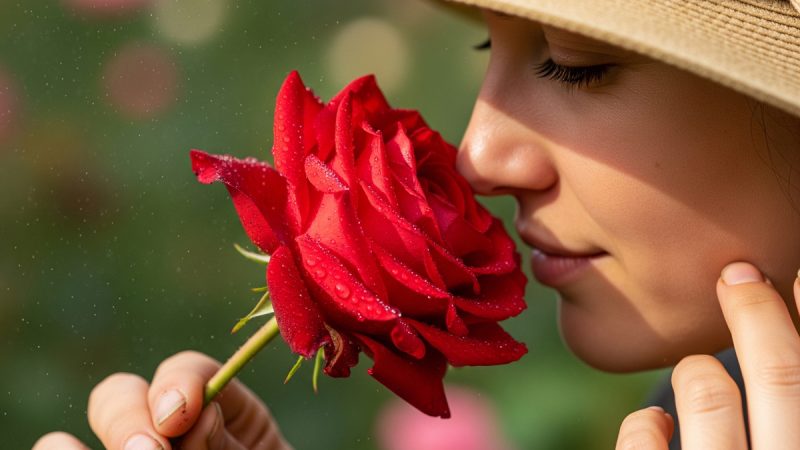
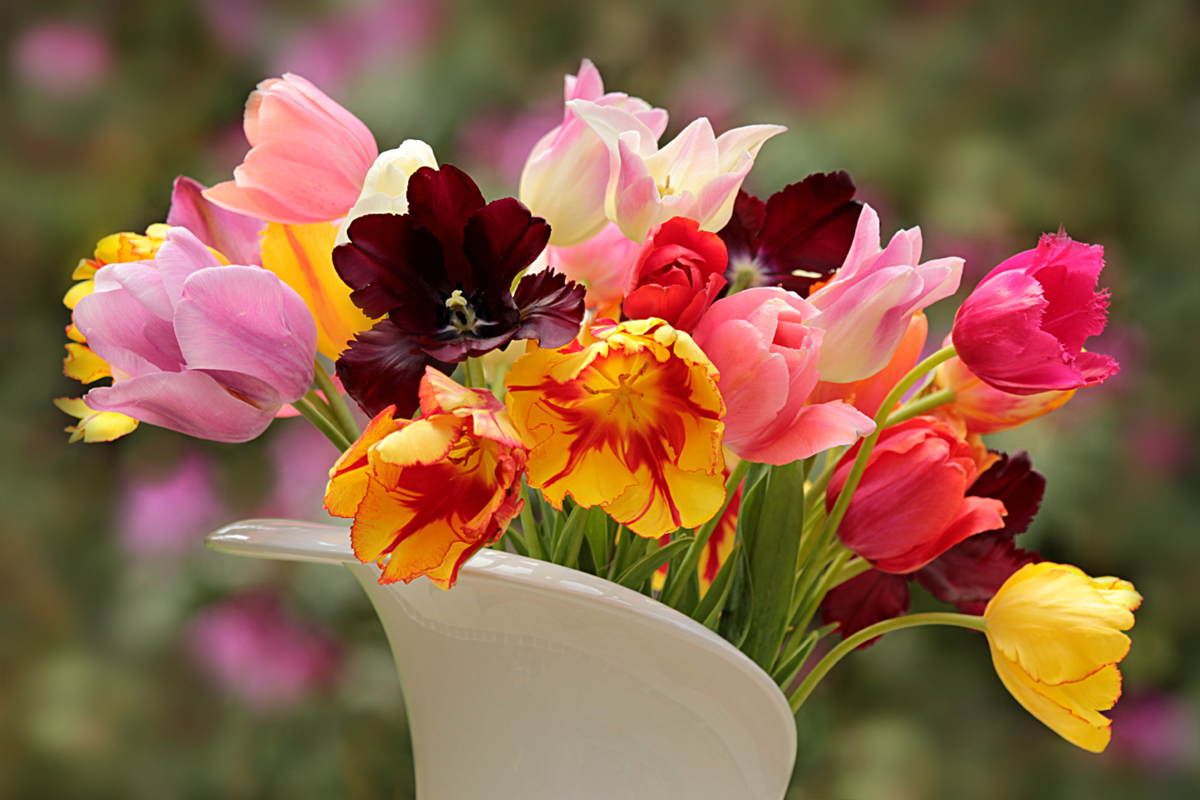
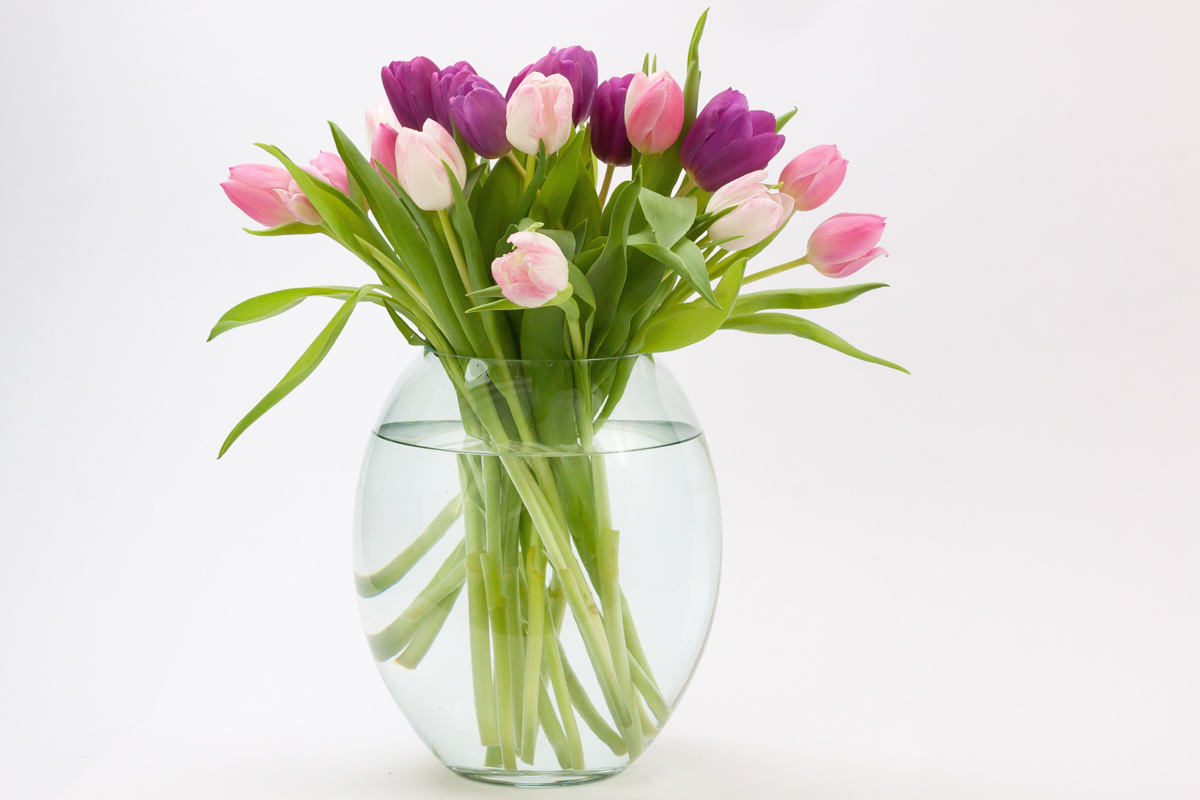
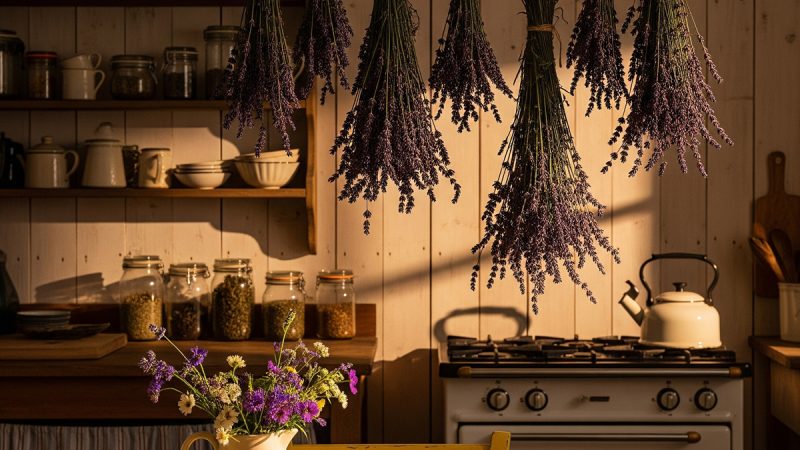
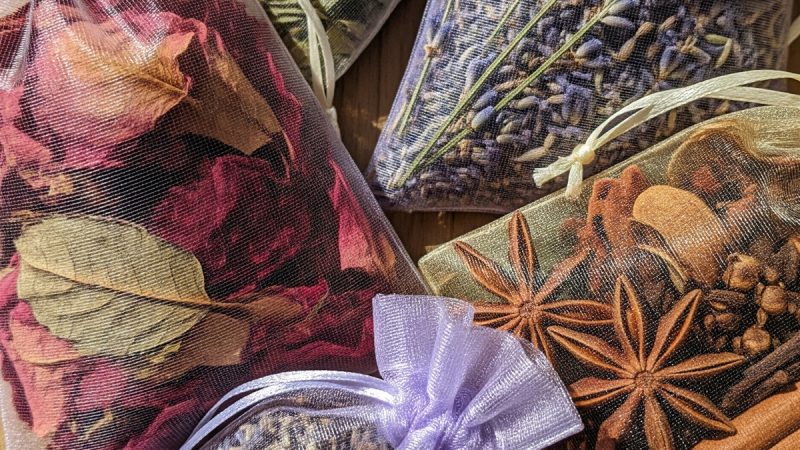
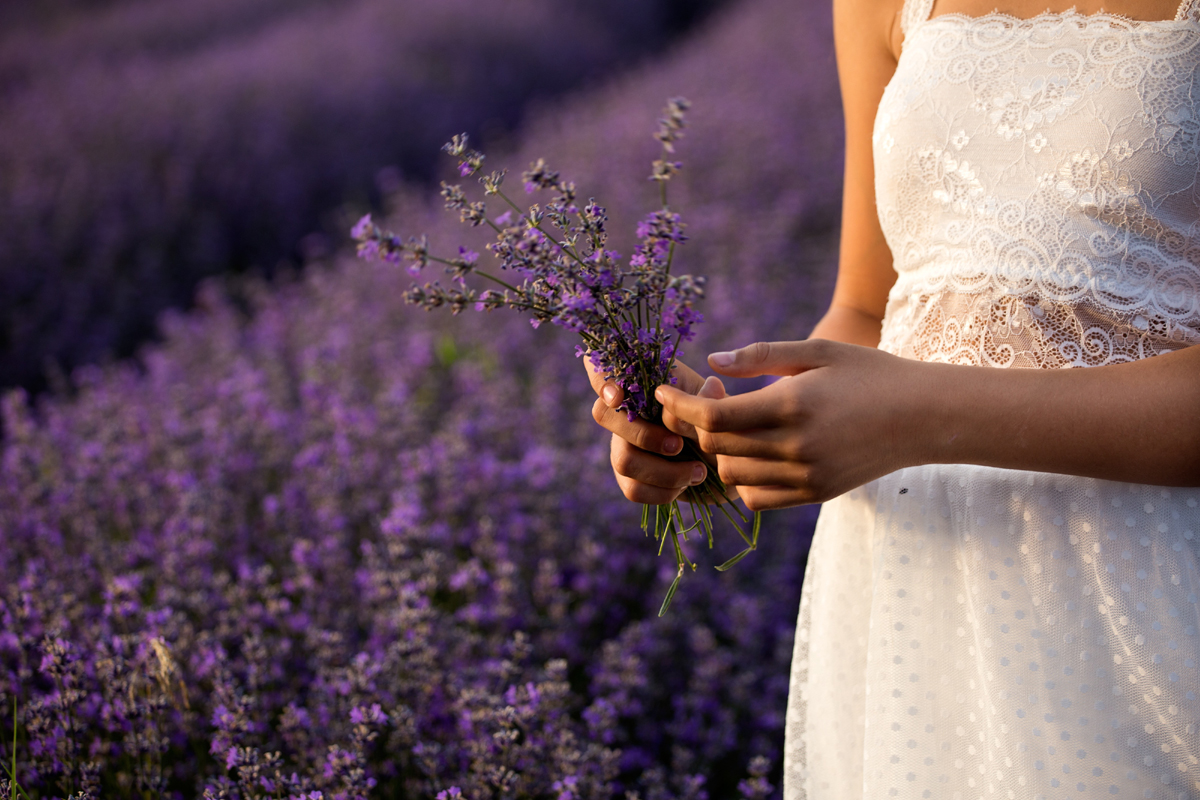
The symbolism of flowers was something that really caught my attention when I read it in this article. I thought people just pick any kind of flower that looks nice and sends them as gifts, but this really might be a better way of deciding things. I’ll consult a florist from the area to see which flower will be best for my situation.